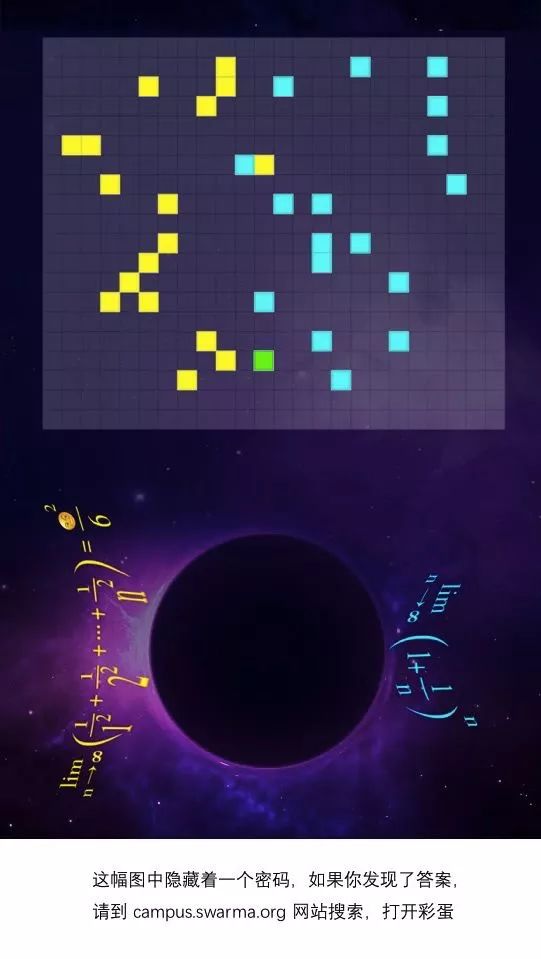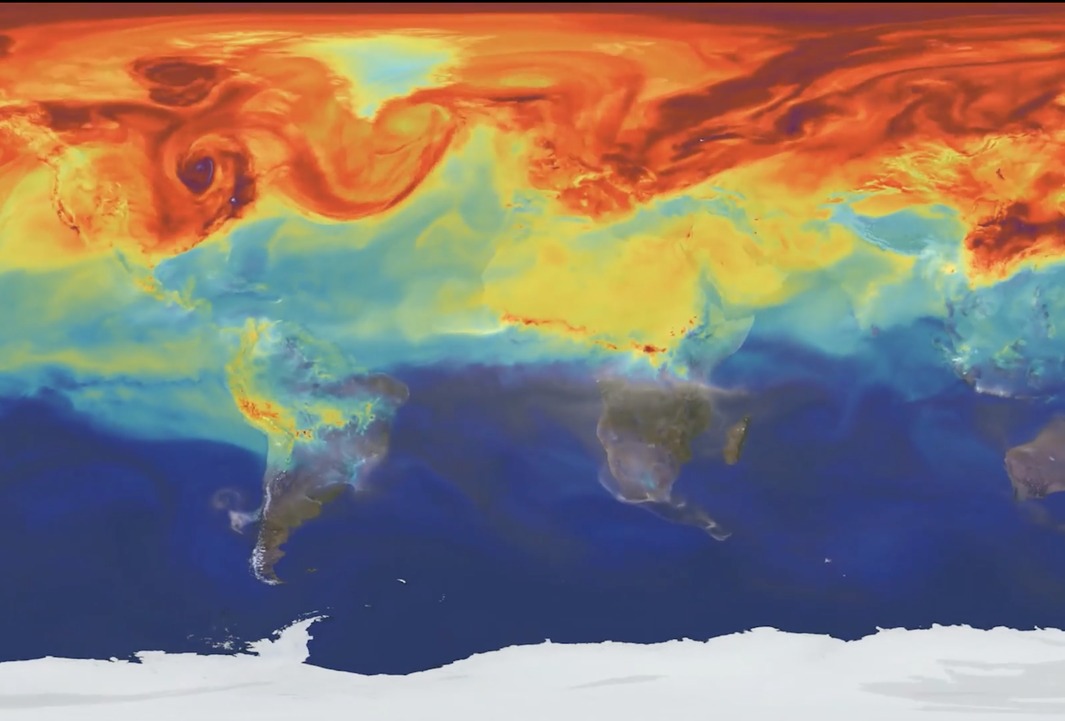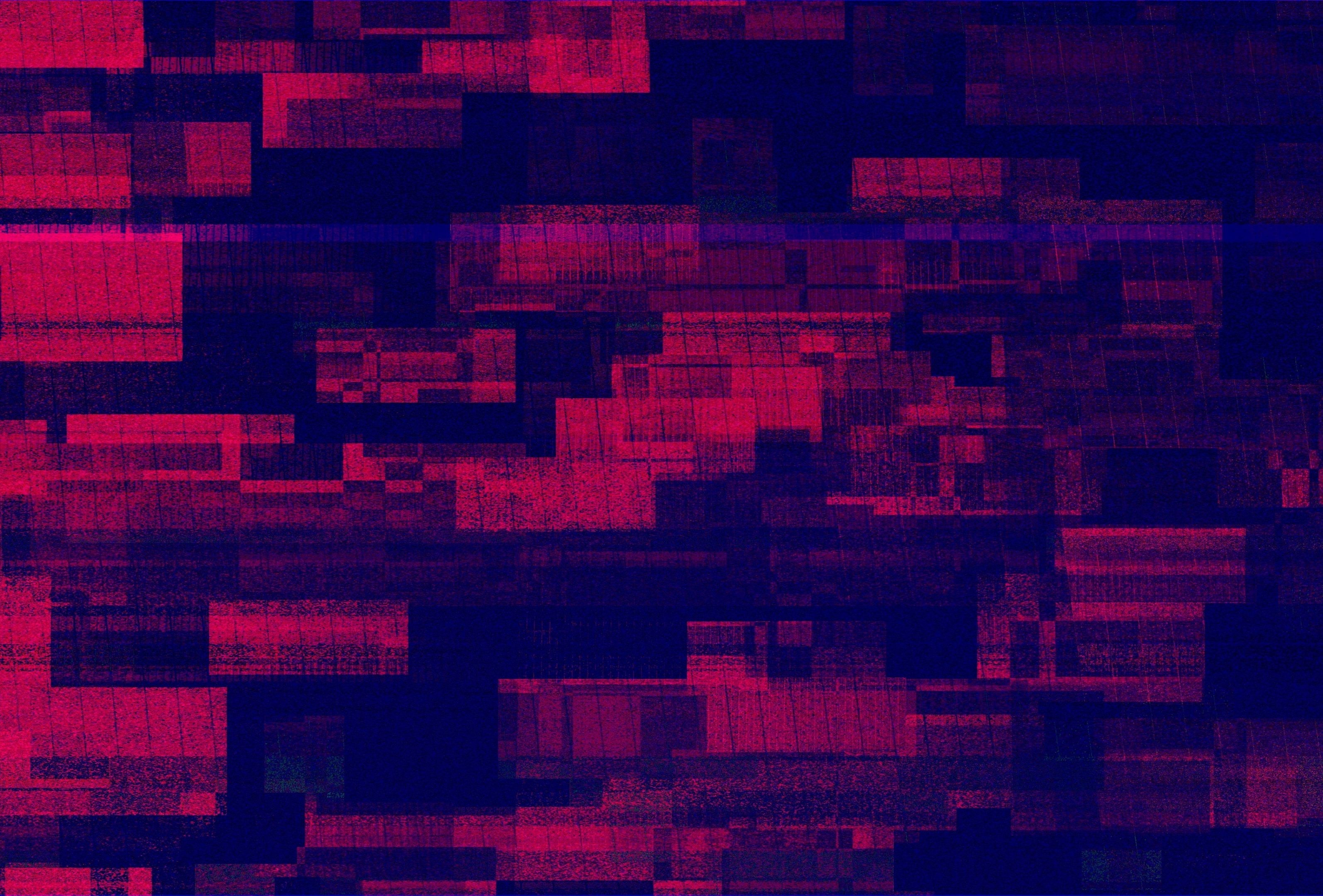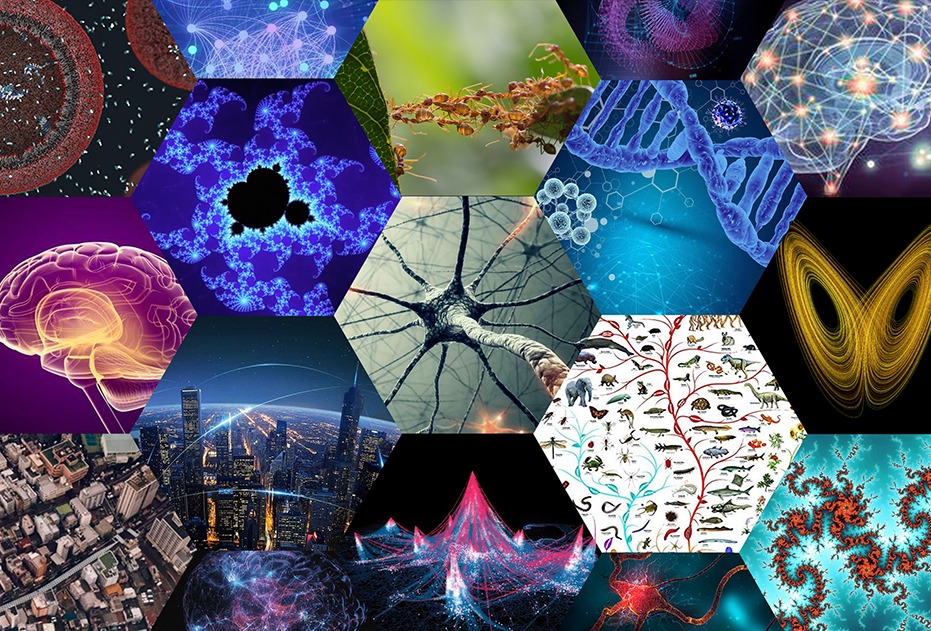科学家竟然创造出了新的语言结构? | 集智科学家公开讲座预告

电影《降临》剧照
讲座信息
时间:6月21日(周四)下午4:00-6:00
地点:知乎知识市场部(中关村768创业产业园)
参与方式:公开讲座,直接到场参加即可(联系人:吴令飞)
题目与简介
《语言相对主义背后的普适原理:来自25万物理学家十年论文标签数据的启示》
萨丕尔-沃夫假说 (又称语言相对主义),认为语言的结构影响其使用者的世界观。它被广泛用以解释不同文化之间,在个人和集体层面的思考和行为模式的区别。然而,为什么语言之间本身存在区别,以及新的语言如何产生,并没有很好的解释。
我们研究了25万物理学家在十年间在论文摘要里添加的(PACS)标签数据,发现如果我们把标签看做单词,把包含将近6000个标签的系统看做一个语言系统,在日常使用中科学家们实际上已经创造出了新的,层级性的,与美国物理学会在1971年规划的既相似又不同的语言结构。
我们还分析了十年间科学家们之间的相互合作以及这种合作对该新语言结构的影响。基于本研究,我们认为知识的创造和流通,特别是这个过程中的普遍规律,例如层级结构,为理解语言之间的不同表现型及其影响要素奠定了一个统一的框架。具体来说,1)每种语言都是为了表达和交流特定知识而存在,因此,语言对认知存在影响(萨丕尔-沃夫假说),因为它是知识(以及情感和记忆)的容器,而知识决定行动;2)社交网络既可以看做是整个社会的知识空间的一种离散抽样,也反过来不断重新塑造着知识空间,进而影响语言的结构。社交互动使大家的行为趋于一致,而孤独则是创新的源泉。
主讲人介绍:

吴令飞,芝加哥大学社会学系博士后。香港城市大学传播学博士(2013)。亚利桑那州立大学行为、制度与环境中心从事博士后(2014-2015 )。主要研究兴趣是团队合作与知识生产。他使用数学建模和机器学习的方法来研究Web of Science,美国专利数据库,Stack Exchange,GitHub 等知识生产系统的大规模数据。研究成果发表在Scientific Reports,Physical Review E,PloS ONE等期刊上,并被New Scientist和Science Daily等科学杂志介绍。
最新的工作包括关于团队规模与知识创新能力的 Large Teams Have Developed Science and Technology; Small Teams Have Disrupted It (Nature 二审),关于人类知识和技能需求需求供给分析的Discrepancies between Scientific Discovery, Education, and Market Demand Reveal Undersupply of Human Skills for the AI Economy (PNAS 二审),关于科研组织社交网络如何影响其科研方向的Social Connection Induces Cultural Contraction: Evidence from Hyperbolic Embeddings of Social and Semantic Networks(Poetics 二审)。

李林倬,芝加哥大学社会学系博士。研究兴趣是知识生产,以及权力结构与意识形态的形成。Social Connection Induces Cultural Contraction: Evidence from Hyperbolic Embeddings of Social and Semantic Networks 共同作者。
两位讲者将共同演讲。
英文介绍:
The Universal Principles Underlying Linguistic Relativity
The Sapir-Whorf hypothesis (also called linguistic relativity), which holds that the structure of a language affects its speakers’ world view, is widely accepted to explain the cognitive and behavioral differences across cultures, both at the individual level and collective level. However, the origin of the differences in language structure itself, and the process in which a new language emerges, remain unclear.
In our research, we demonstrated how the collective usage of ~6,000 The Physics and Astronomy Classification Scheme (PACS) codes by 250 k scientists over 10 years create an emerging hierarchical structure of language on physics that is both relevant to and different from the top-down design of the American Institute of Physics (AIP) used since 1971.
We also analyzed the collaboration between scientists and institutions in the same time period to explore the effect of social interaction on language structure. Based on our research, we suggest that the production and diffusion of knowledge, and the universal dynamics underlying this process with a hierarchical structure as the signature, provides a unified framework of understanding linguistic phenotypes and their predictors. In particular, 1) each language is organized to store and diffuse a particular kind of knowledge, therefore, the power of language in influencing thinking (the Sapir-Whorf hypothesis) comes from its function as knowledge (and also memories and feelings) container; 2) social networks, which are discrete samples of knowledge spaces, and also constantly reshape knowledge landscapes as well as language structures, in the way that connections induce idea contraction, and disconnection fosters Science and Technology innovation.

集智QQ群|292641157
商务合作及投稿转载|swarma@swarma.org
◆ ◆ ◆
搜索公众号:集智俱乐部
加入“没有围墙的研究所”

让苹果砸得更猛烈些吧!

始发于微信公众号: 集智俱乐部










